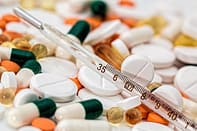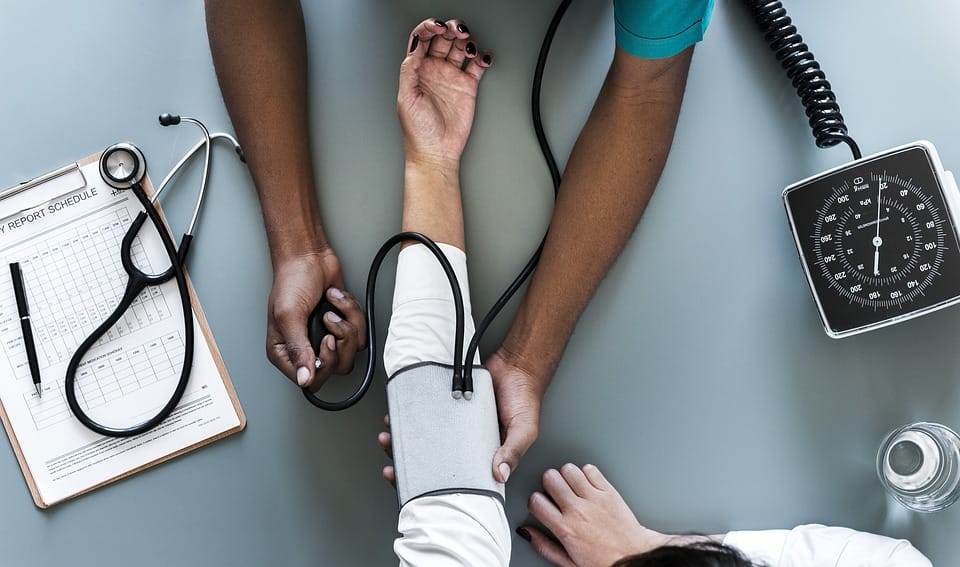Medical treatments for the Peripheral Artery Disease (PAD) are prescription drugs and invasive surgery. These treatments may not offer a lasting cure, but just relief the disease temporarily.
Symptoms
Symptoms of PAD include hair loss over the feet and toes, shiny tight skin, thick toenails, leg pain, and painful non-bleeding ulcers.
Causes
 The main causes of PAD are two and they include lack of exercise and imbalanced cholesterol levels. As a person gets old, he or she becomes resistance to performing certain tasks to avoid discomfort or pain. The arteries and veins in various parts of the body where blockages and restrictions occur can cause PAD. This is because those parts of the body do not receive the much-needed stretching and stimulation to allow free flow of blood. There are simple, non-stressful exercises that can be done at any particular age to offer same benefits without the need of living a youthful lifestyle.
The main causes of PAD are two and they include lack of exercise and imbalanced cholesterol levels. As a person gets old, he or she becomes resistance to performing certain tasks to avoid discomfort or pain. The arteries and veins in various parts of the body where blockages and restrictions occur can cause PAD. This is because those parts of the body do not receive the much-needed stretching and stimulation to allow free flow of blood. There are simple, non-stressful exercises that can be done at any particular age to offer same benefits without the need of living a youthful lifestyle.
As mentioned above, imbalanced cholesterol levels can cause peripheral artery disease. In this case, arteries and veins lose their elasticity. It offers an opportunity for the deposits to build up in the areas where arteries and veins have not been exercised for an extended period.
How to Improve your PAD
Improving your PAD through lifestyle changes is possible. For example, you can get exercise, quit smoking, and improving the diet. However, lifestyle changes may not be enough. There are various medications that are available for peripheral arterial disease treatment. This can be achieved by addressing various aspects of PAD like blood sugar, cholesterol, high blood pressure, and cholesterol.
 Doctors can prescribe medications that can help widen the arteries to prevent blood clots. This reduces symptoms that are associated with PAD. Remember that if you are suffering from PAD, then you are at risk of suffering from stroke and heart attack. Angioplasty is another treatment that can help improve PAD. In this case, a catheter is threaded through the blood vessels to the problem spot. Also, a balloon is inflated and pressed against sides of the blood vessel to flatten blockage and also stretch the artery to improve blood flow.
Doctors can prescribe medications that can help widen the arteries to prevent blood clots. This reduces symptoms that are associated with PAD. Remember that if you are suffering from PAD, then you are at risk of suffering from stroke and heart attack. Angioplasty is another treatment that can help improve PAD. In this case, a catheter is threaded through the blood vessels to the problem spot. Also, a balloon is inflated and pressed against sides of the blood vessel to flatten blockage and also stretch the artery to improve blood flow.
Another technique used is bypass surgery that uses blood vessels from other parts of the body. There are also synthetic materials that offer an alternate route for the blood flow around the blockage. It is advisable to quit smoking.

